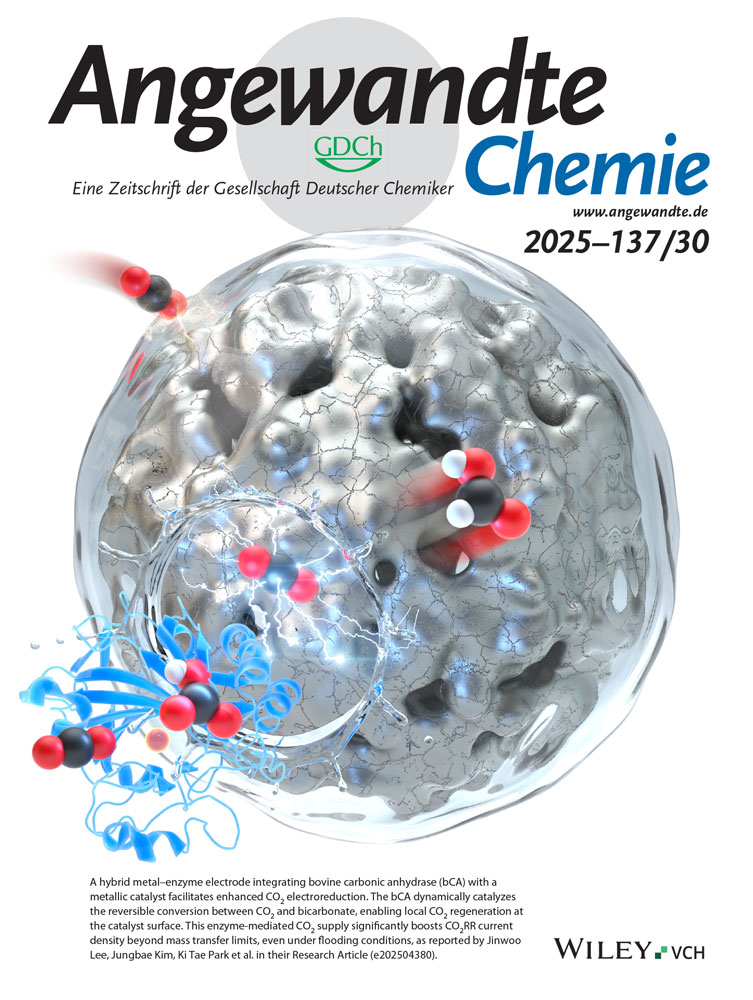Giant Negative Thermal Expansion Induced by Topological Phase Transition in a Potassium Zinc Phosphate Material
Abstract
Negative thermal expansion (NTE) materials exhibit the counterintuitive property of volume contraction upon heating, which is critical for precision engineering applications. While significant progress has been made in NTE material discovery and mechanism understanding, developing cost-effective systems with strong NTE effects remains challenging. Here we report that an economical phosphate material, KZn(PO3)3, which demonstrates a record-breaking volumetric contraction (ΔV/V = −11.49%) during its low-temperature to high-temperature phase transition. This exceptional NTE behavior originates from an unprecedented topological phase transition involving structural reorganization from infinite (PO4)∞-chains (C∞ symmetry) to discrete P3O9-rings (C3 symmetry). The variable-cell nudged elastic band, ab initio molecular dynamics, and self-consistent phonon calculations reveal a threefold mechanism: (1) reduced K–K distance minimize electrostatic repulsion, (2) covalent bond rearrangement enables the chain-to-ring transformation, and (3) pronounced vibrational modes of O1 atoms destabilize the anionic chains, promoting their cleavage. Concurrently, these cooperative effects drive the observed giant NTE, while the resulting hexagonal-closed-packed (hcp) K+ sublattice further enhances structural contraction.
Conflict of Interests
The authors declare no conflict of interest.
Open Research
Data Availability Statement
The data that support the findings of this study are available in the Supporting Information of this article.




